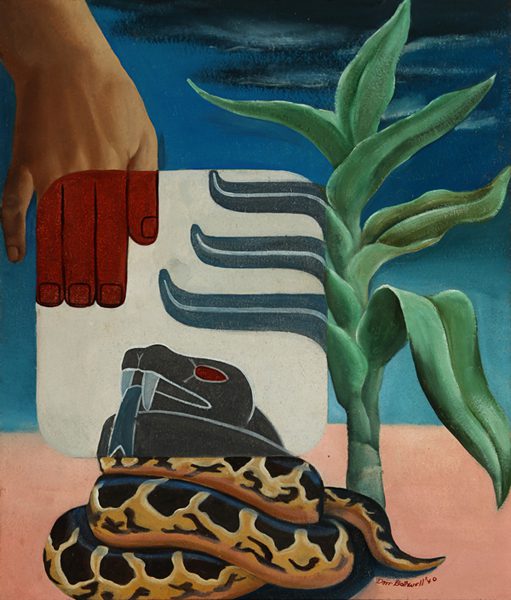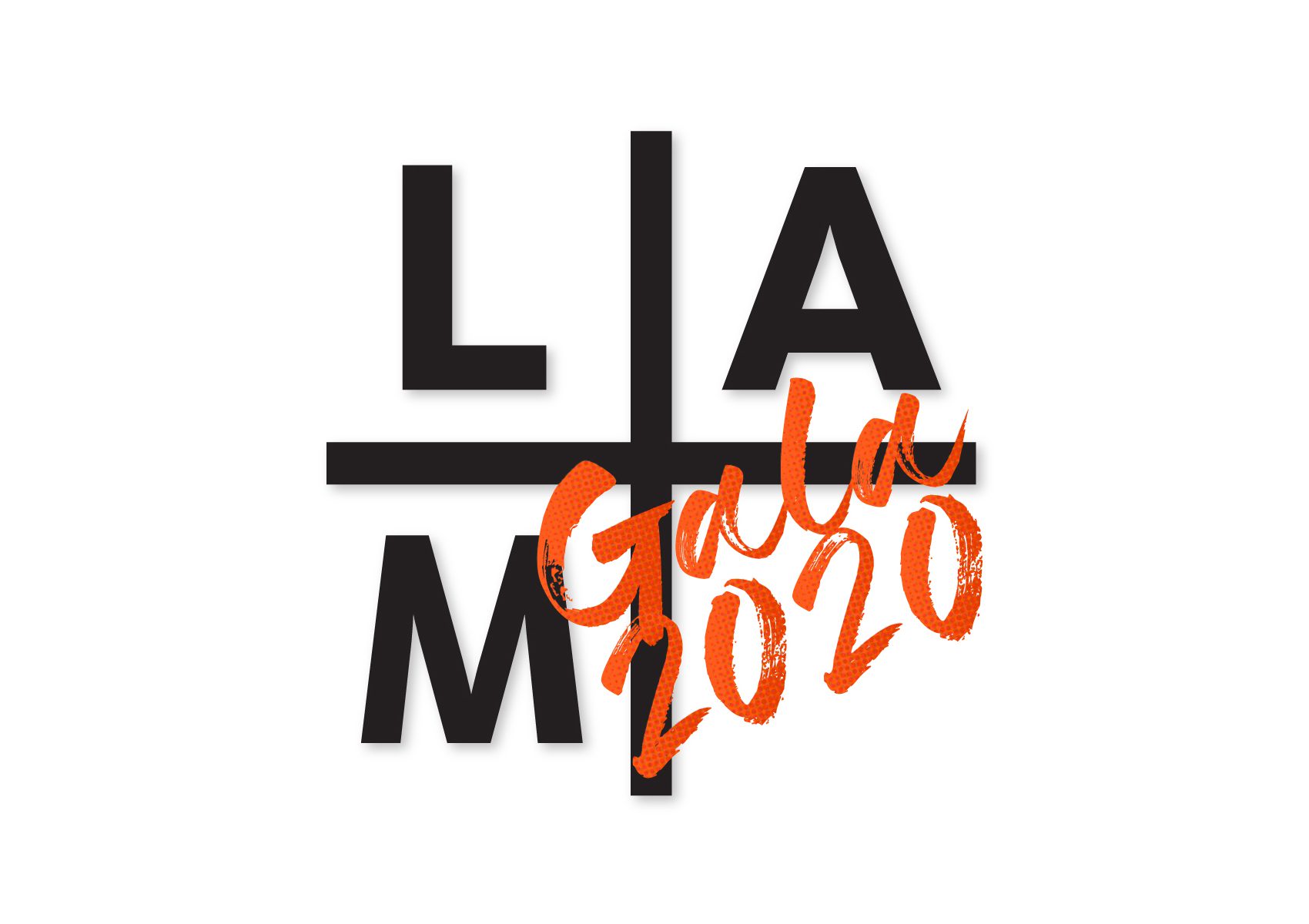Translation from the Maya

Dorr Bothwell
Translation from the Maya
Oil on Celotex, 1940
23 x 19 inches
Museum purchase with funds provided through prior gift of Lois Outerbridge
2000.001
Dorr Bothwell lived a largely nomadic life beginning in the 1920s, traveling to the Far East, remote Pacific Islands, and Mexico. She studied indigenous artistic traditions in order to discover their rules of design. Translation from the Maya illustrates the lessons Bothwell learned from her studies of native culture.
The painting shows a hand (perhaps the artist’s own) coming down from the sky, a coiled snake from the animal world, and an upright plant coming together within a matrix. Making reference to ancient Mayan culture and hieroglyphics—the Feathered Serpent god Kukulkan and the maize cultivated by the Mayans—Bothwell makes a potent and elegant statement about the bringing together of man and nature and the bringing together of cultures. The painting represents the translation of spirit into matter, and the integration of all things. But it is also a masterful lesson in reductive design: an illustration of the way both ancient and modern artists translate realism into abstraction.
The painting also reflects the humanistic ideals of the 1930s and early-1940s during the Great Depression, when the work of the Mexican muralists—who were active in California and drew upon Pre-Columbian art—was popular. Bothwell was also closely allied to the post-surrealists Helen Lundeberg and Lorser Feitelson at this time, as she was a muralist on the California Federal Art Projects (WPA) under the supervision of Feitelson.
In 1968, Bothwell wrote a book on Eastern design principles coming out of her lifelong study. Notan: The Dark-Light Principle of Design remains a definitive book on the subject.






